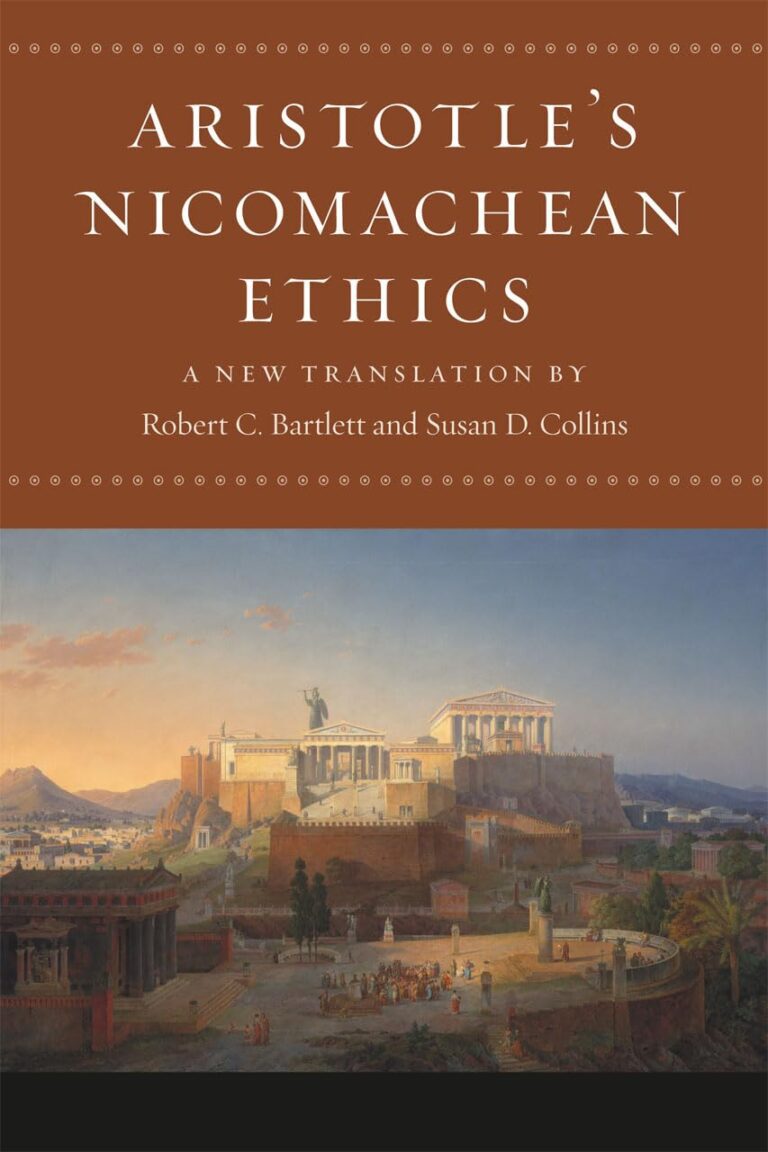
An endoscope, a familiar term to many in the medical field, stands as a fundamental tool involved in diagnostics and several other procedures. However, the understanding of this medical device is not yet widespread. In this article, we take a comprehensive look at the endoscope, from its definition, functionality, and types, to the procedures wherein it’s used, and potential risks associated with it.
Definition And Explanation of Endoscope
Detailed Definition of Endoscope
An endoscope is a medical instrument designed to examine and view the internal structure of the body without making large incisions. It’s a long, flexible tube with a light and a lens or a small video camera on one end, which projects images on a screen.
Overview of How It Works
The endoscope is carefully inserted into the body through natural openings such as the mouth, nose, rectum, or through minor surgical cuts. It navigates through various organs and vessels, sending images to an external monitor, guiding the doctor to locate and fix the problem.
Description of Its Components
An endoscope is composed of an eyepiece, a flexible or rigid tube, a light source, and a series of lenses for magnification. The laparoscope, a type of endoscope, may contain channels to allow passage of instruments to perform certain procedures.
Its Discovery and Evolution
The endoscope was first developed in 1806 by Philipp Bozzini. However, it has undergone several technological enhancements over the years, transforming from simple optical devices to complex electronic apparatuses with high-resolution imaging capabilities.
Types of Endoscopes
There are several types of endoscopes, each designed for its unique purpose. Here are a few of them:
Gastroscopes
A gastroscope is specifically designed to inspect the lining of the stomach and upper small intestine. It is instrumental in diagnosing ulcers, tumors, inflammation, and other gastrointestinal complications.
Colonoscopes
A colonoscope is used to investigate possible disorders in the colon or rectum, such as colon cancer, inflammatory bowel disease, or diverticulosis.
Bronchoscopes
This type of endoscope is used to examine the airways and lungs, providing vital information about conditions like chronic obstructive pulmonary disease, lung cancer, or pneumonia.
Rhinoscopes
Rhinoscopes focus on the nasal and sinus cavities, contributing to the diagnosis of sinusitis, polyps, and infection.
Other Types of Endoscopes and Their Uses
Other types include arthroscopes used for joints, cystoscopes for the bladder, and laparoscopes for the abdomen or pelvic region.
Get to know us better
If you are reading this, you are in the right place – we do not care who you are and what you do, press the button and follow discussions live

Procedures in Which Endoscopes are Used
Endoscopy plays a critical role in the diagnosis, treatment, and prevention of a host of medical conditions.
Gastrointestinal Procedures
These include gastroscopy, colonoscopy, and ERCP (endoscopic retrograde cholangiopancreatography) used in diagnosing and treating conditions of the pancreas and bile ducts.
Respiratory Procedures
Respiratory endoscopy like bronchoscopy is used to detect lung diseases.
ENT Procedures
Otolaryngologists use endoscopes to diagnose and treat conditions of the ear, nose, and throat.
Other Procedures
This category includes laparoscopic surgeries, arthroscopic procedures, and many more.
The Process of an Endoscopic Exam
Preparing for the Exam
Preparation for an endoscopic procedure may involve fasting, temporarily stopping certain medications or taking laxatives.
During the Examination
During the procedure, the endoscope is inserted into the body, and images are transmitted to a screen. This process is usually painless, but sedation may be used for comfort.
Post-Examination Process
Post-procedure recovery involves monitoring of vital signs until the anesthesia wears off. Patients may experience slight discomfort, which typically subsides in a few hours.
Understanding the Results
Results are usually available immediately or within a few days. The doctor discusses the findings and any necessary treatment approaches.
Risks and Complications of Using an Endoscope
Common Side Effects
Common side effects include minor soreness, bloating, and cramping, which usually go away after a few hours or days.
Potential Complications
Although rare, complications like infection, bleeding, or a tear in the area being examined can occur.
Tips for Managing Side Effects
Most side effects can be managed with over-the-counter medication, plenty of rest, and hydration. If symptoms persist, immediate consultation with a healthcare provider is recommended.
Future and Technological Advancements of Endoscopes
Latest Technological Developments
New advancements like capsule endoscopy and high-definition imaging are revolutionizing the field of endoscopy.
The Future Outlook for Endoscopes
With ongoing research and breakthroughs in medical technology, the future of endoscopy holds immense potential for non-invasive diagnosis and treatment options.
Conclusion
Endoscopy has drastically transformed the medical field, providing less invasive, safer, and more accurate diagnostic procedures. Whether it’s examining the gastrointestinal tract with a gastroscope, investigating the respiratory system with a bronchoscope, or employing an arthroscope to examine joints, the use of endoscopes has enabled immense strides in medical treatment.
FAQs
1. Why are Endoscopes Important in Medical Diagnostics?
Endoscopes allow healthcare practitioners to visually examine internal organs without the need for invasive surgery, thus providing an efficient diagnosis and timely treatment.
2. Can an Endoscopic Procedure Be Dangerous?
While complications are possible, they are generally rare. Endoscopic procedures are considered safe and are carried out by highly trained professionals.
3. What Should I Expect During an Endoscopic Procedure?
You might feel slight discomfort but generally, endoscopic procedures are not painful. Sedatives can be used for relaxation and easing discomfort.
4. How Long Does an Endoscopic Procedure Take?
The length of the procedure depends on the type of endoscopy but generally ranges from 15 minutes to an hour.
5. What Are the Recent technological Advancements in Endoscope Technology?
New advancements like robotic endoscopy and capsule endoscopy are some of the latest breakthroughs, offering non-invasive, highly efficient examination techniques.

















Comments
Thank you. Comment sent for approval.
Something is wrong, try again later